A Journey in Saudi Arabia
Journey deep into the heart of Saudi Arabia
Join me in February 2026 on our second trip to fabulous Saudi Arabia!
The country opened its doors to tourists in late 2019. There are now fewer restrictions, the visa is easy to obtain online, and since late 2021, the holy city of Madinah is open to non-Muslims.
On this tour you will be rewarded with dramatic mountain and desert scenery, a challenging and rich history, a unique culture and warm, welcoming people – a winning combination. So now is the perfect time to visit this little gem before it is discovered by the masses.
So, dust off your adventurous spirit and join me on this exciting journey!
Helen Fuge
You will be met upon arrival at the airport and transferred to the Warwick Hotel or similar (3 nights/breakfast daily). Riyadh, home to 7 million people, is a city of very strong contrasts with bustling souqs, ultra-modern and traditional architecture.
A quirk of Saudi culture which you will notice throughout the trip is that many places come alive after 4 p.m. with souqs, shops and cafes opening late into the night. We will be arriving in Riyadh at different times so lunch today will be at your own expense.
Meet up with the guide in the hotel lobby at 3.00 p.m. from where we will go on a city orientation tour.
Dinner tonight in the hotel.
Riyadh is rich in history and culture and this morning our guide will take us to sights in the King Abdulaziz Historical Centre.
We start at the National Museum, one of the finest in the Middle East. Encased within modernist architecture, it contains well designed and informative galleries covering Arabian history, culture and art.
Then to the Masmak Fortress, that houses an excellent permanent exhibition showcasing the history of Riyadh, and a fascinating range of photos of Saudi dating from 1912 – 1937. Continue to Murabba Palace, a remnant of the great administrative palace built by King Abdulaziz in 1936 when the palace within the original city walls was no longer able to contain his increased household and administrative staff. Not much of the old walls of the palace remain, but the remaining buildings are interesting since they represent the transitional period between mud and concrete as building materials.
Stop for lunch at the famous Najdi Village Restaurant then continue our sightseeing at the Kingdom Tower, a stunning piece of modern architecture and one of the most iconic buildings in Riyadh. The 360-degree views from the Sky Bridge are breathtaking.
We have a short drive out of Riyadh to Al Diriyah Village, the ancestral home of the Al Saud family and the birthplace of the Saudi-Wahhabi union. This is one of the most evocative places in the Kingdom, and its UNESCO-supervised restoration saw it gain World Heritage status in 2010. The Visitors’ Centre is excellent with fantastic photos of the Old Town. We walk through the Al Turaif district which showcases Najdi mudbrick architecture in its most extraordinary form. The gates, panels and window shutters are very colourful, and the interior walls are covered with intricate geometric designs.
Dinner tonight in Al Diriyah at a local restaurant. Return to Riyadh for overnight.
Meet our guide at 10.00 a.m. in the hotel lobby. Drive to the King Fahad National Library Building for a photo of the stunning exterior, then on to Souq Al Zal, for a stroll through Riyadh’s oldest and largest antiques marketplace.
Then we walk through Deera Square to Imam Turki bin Abdullah Mosque. For decades, this mosque played a key role as the Grand Mosque of Riyadh and a venue where scholars and students could meet. The prayer hall is huge and can accommodate approximately 17,000 worshippers. The mosque won the Agha Khan Award for Architecture in 1995, the jury stating that the design followed a style that can significantly contribute to the improvement of future designs of mosques, particularly in the innovative use of the traditional spatial features of the unique local architectural design of the Najd region.
Continue to the King Abdullah Financial District where we can view some of the modern architecture designed by the Copenhagen based architecture studio Henning Larsen Architects. The buildings here have been designed based on inspiration from local building traditions, where buildings provide shade and shelter from the relentless desert climate. The life unfolding between the buildings is given high priority in the financial district, which is the world’s largest certified and sustainable urban quarter.
End the day with a visit to Boulevard City. Boulevard World is one of Riyadh’s biggest tourist sites with many attractions, games, shops, restaurants and a man-made lake as its focal point. It offers fun for everyone. Lagoon Lake perfectly combines the natural attractions and the artificial characteristics that make Lagoon Lake an unforgettable and immersive tourist spot.
Dinner tonight in a local restaurant.
After an early breakfast we leave Riyadh and drive to the eastern Al Ahsa province, culturally distinct and filled with natural wonders, where we can experience a beautiful part of desert life not found in the rest of the country.
Lunch enroute then drive to the city of Hofuf where we check into the Al Koot Heritage Hotel or similar (2 nights/all meals). In the late afternoon our guide will take us on a walk in the atmospheric Old Koot area. Here we will see the traditional whitewashed houses built with straw and mudbrick. Visits will be made to Beit Al Bai’ah, Qasr Ibrahim, the outstanding House of Allegiance (Al Mulla House), Amiri School, and the lively Souq Al Qasriyah, one of the most beautiful and authentic souqs to be found anywhere in Saudi Arabia.
Dinner tonight in a local restaurant.
Full day excursion outside the city to the spectacular Jebel Qarah Mountains and limestone caves that have been shaped into interesting columns with the colour of the stone changing dramatically throughout the day from a light yellow to a reddish brown. Explore the caves with our guide then continue to view Jawatha Mosque (exterior), believed to be among the oldest near ruins in Saudi Arabia and the oldest mosque in the eastern province.
After lunch we drive into the Empty Quarter to the remote and serene Buhayra Asfar (Yellow Lake) for stunning views and where the water changes into various shades of yellow throughout the day.
Return to Hofuf for overnight. Dinner in the hotel.
This morning we have a short drive to the city of Dammam, capital of the Eastern Province where we start our sightseeing at the King Abulaziz Centre for World Culture, built on the site where oil was first discovered in Saudi Arabia in 1938. Then to the fabulous Dammam Heritage Village Museum where we view some of the exhibits then stop for lunch in the Museum’s lovely restaurant.
Transfer to the airport for our flight to Tabuk. Close to the border with Jordan and the Gulf of Aqaba, Tabuk has long been a stop for pilgrims from Jordan and Egypt
travelling to the holy cities of Mecca and Medina. The city was also an important stop along the Hejaz railway, built in 1900. We check into the Ewaa Express Hotel or similar (2 nights/all meals).
Dinner tonight in the hotel.
Today we follow Saudi Arabia’s epic mountain trail west of Tabuk to the simply stunning region of Wadi Hisma, home to imposing rock formations, and inscriptions made by ancient tribes dating back more than 2600 years. Archaeological remnants are common in the mountains, which formed part of a trading route for camel convoys.
We spend the day exploring the valley and Bajdah Desert. BBQ lunch. Return to Tabuk where we have a short visit to the Hejaz Railway Museum, then continue to the hotel for dinner and overnight.
This morning we drive south to the spectacular Wadi Disah, a 15km long palmlined canyon running between walls of sandstone massifs. There are palm trees, rocky cliffs, tall grass and a crystal clear stream flowing through the oasis. We explore the wadi and stop for a picnic lunch.
Then on to Al Ula, passing several villages enroute. This journey west follows along some amazing rock formations and great desert sites where we may have opportunities to take photos of camel herds wandering in the vast desert. Picnic lunch enroute.
Early evening arrival into Al Ula where we check into the Sahary Resort or similar (2 nights/all meals).
The ancient city of Al Ula dates back millennia and is a spectacularly preserved cultural and historical masterpiece. With 200,000 years of human history to uncover, it was once the capital of the North Arabian Lihyanites and then the Nabataeans, and served as a meeting place for pilgrims, merchants and explorers.
After breakfast we drive to the mysterious and remote Mada’in Saleh (Hegra), one of the most significant archaeological sites in the Arabian Peninsula. Its importance led UNESCO to list it as a World Heritage Site in 2008. This crossroads of ancient civilisations, pilgrims, explorers, trade caravans and armies find its most remarkable expression in the elaborate stone-carved tombs of the Nabateans, most famous of which is Qasr al Farid. Taking shape in the 1st century AD, the tomb was meticulously carved from a free-standing rock monolith. The isolated location in a boundless desert lends it an even greater sense of mystique.
We stop for a light lunch at the Daimumah Cafe, set in a wood cabin in a scenic oasis setting amongst the palm trees. Drive to the old town of Al Ula, lying in the heart of exceptionally beautiful countryside, with palm groves, forbidding red sandstone cliffs and displaying some of the best examples of traditional architecture in Saudi. We end our day at Jebel Al Fil (Elephant Rock), an instantly recognisable geological feature that takes its name from the elephantine shape. Carved by millions of years of wind and water erosion, this impressive natural wonder measuring over 50m in height, is set against a stunning landscape of golden sands, studded with rocky outcrops – it feels like an otherworldly movie set.
Return to the hotel for dinner and overnight.
Drive to holy city of Madinah. The Prophet Mohammed lived and taught in Madinah after departing Mecca in 622 AD. His arrival in Madinah marks the beginning of the Islamic Calendar. The key focal point of the city is the Masjid an Nabawi, or the Prophet’s Mosque, constructed by Mohammed and the site in which he is buried. We hope to be able to get close to the mosque for exterior photos but due to the cultural sensitivity of a city that, up until late 2021, was off-limits to non-Muslims, we will proceed based on the local guide’s first-hand information at the time on whether this would be appropriate.
Stop for a light lunch then transfer to the station for the 2 hour train to Jeddah.
We are met upon arrival and transferred to the Ewaa Al Hamra Hotel or similar (3 nights/all meals).
Jeddah was established in the 7th century AD as the gateway for Muslims going to Mecca who arrived by sea. It is the second largest city in the country and, in relative terms, the most progressive city in Saudi Arabia.
Dinner and overnight in the hotel.
After breakfast, our guide will take us to the Islamic Museum, a veritable showcase of Arab history and tradition.
Then to the beautiful Al Shafi’i Mosque by the old port. Its minaret is 800 years old, while other parts of the building date to the 18th century.
Continue to the Central Fish Market. Seafood is essential to Jeddah’s economy, and a visit to this thriving market puts it all into perspective. Lunch in a local restaurant.
After lunch we have a walk through the Al Balad district. This is the beating heart of the Old Town, and a nostalgic testament to bygone days with its distinctive architecture. Characterised by imposing Hejazi coral stone buildings, and intricate wooden window coverings, the Old Town encapsulates the rich mix of influences and traditions that once flourished along these trade routes reflecting a style and tradition essentially lost now outside Saudi Arabia.
During our tour we will enter some of the houses for a perspective on how people lived and worked in old Arabia. At Souq Al Alawi, we browse stalls brimming with fresh produce, traditional jewellery and clothing.
Afterwards we walk to Al Naseef House, constructed in the late 1800s for Omar Nassif Efendi, the governor of Jeddah. Today it serves as a museum and cultural centre. We climb to the rooftop just before Maghreb prayer time to catch the sunset over the rooftops of Al Balad, the Old Town. The sound of the beautiful Athan (call of prayer) being called out from all over the city is overwhelming. An experience you will never forget.
Final stop today at King Fahd Fountain, currently the highest fountain in the world at 312m. The fountain blasts a stream of water from the Red Sea into the air to a maximum height of over 244m. While the water jet can be seen during the day from many places throughout the city, it is best appreciated at night when it is illuminated by hundreds of spotlights.
Dinner tonight in a local restaurant.
Day at leisure for further exploration/shopping, then in the late afternoon we meet up with our guide to explore the Corniche, an area that comes to life after the Maghreb (sunset) prayer, with Saudi families dining al fresco. Here we will find a beautifully landscaped waterfront with an Art Promenade showcasing 20 unique sculptures, including legendary works by Henry Moore and Joan Miró.
Continue to the Fatima Al Zahra Mosque (Floating Mosque), built in 1985, overlooks the Red Sea, and appears to be floating when the tide is high. Its magnificent architecture includes 52 white domes supported by large pillars and 56 carved windows adorned with Islamic art and motifs to let in the sun.
Farewell Dinner tonight in a local restaurant.
Transfer to the airport for your onward flight.
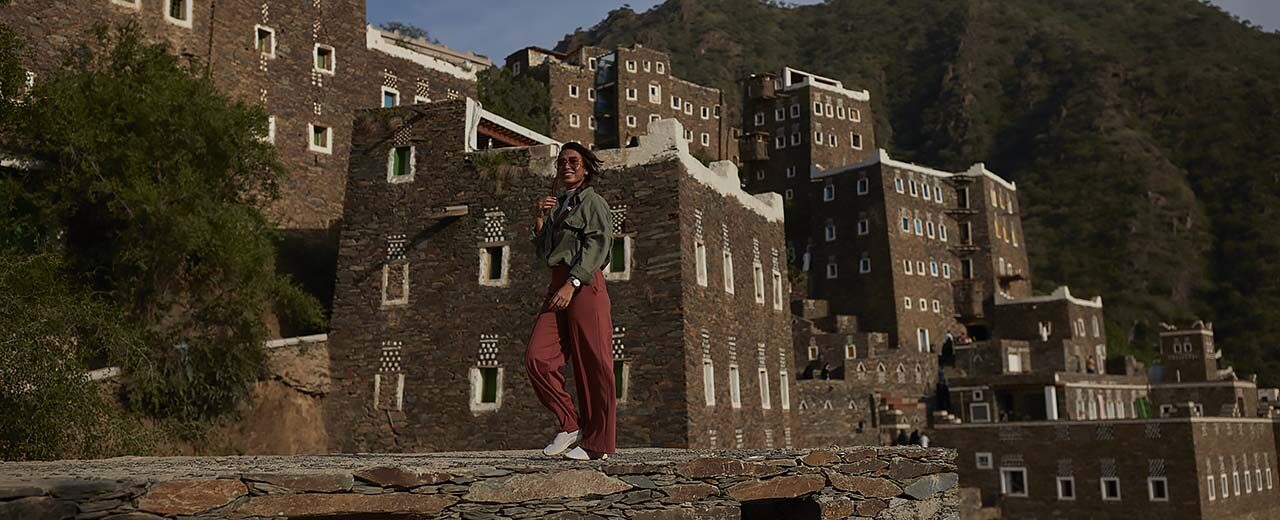

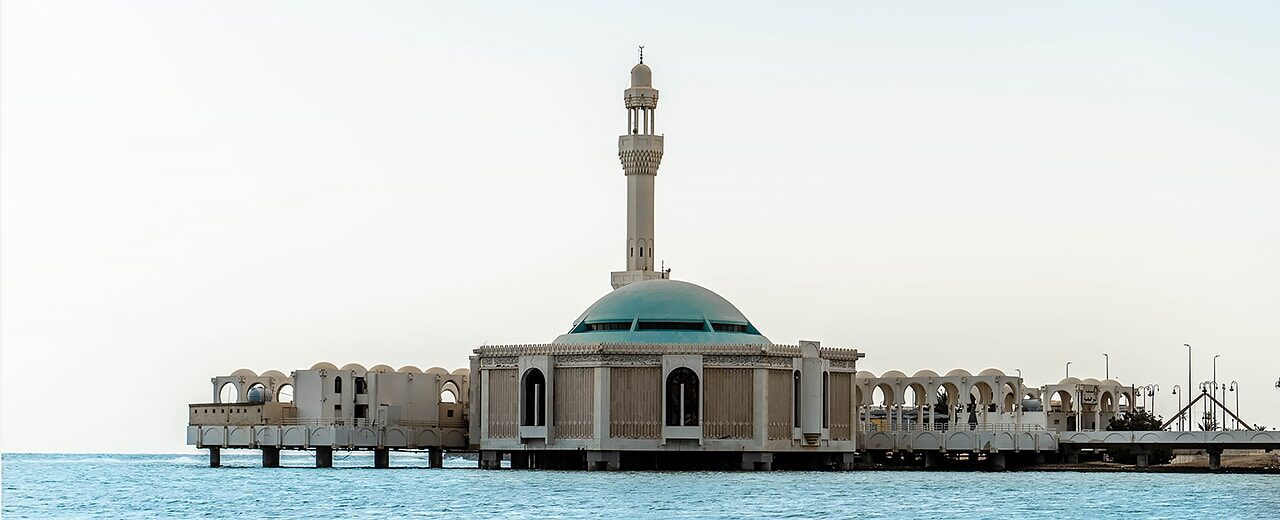
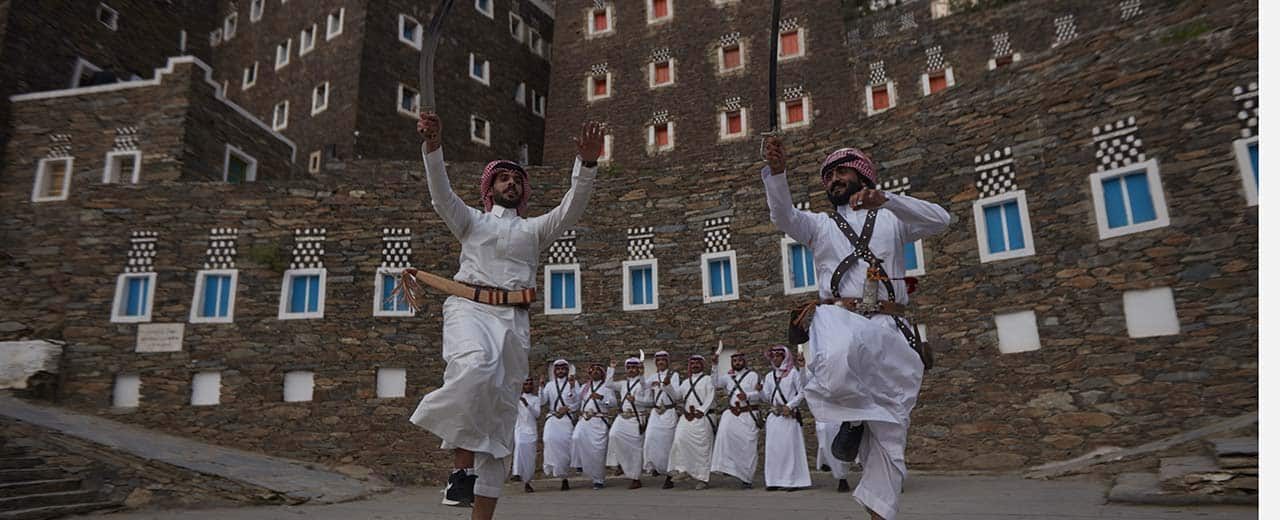
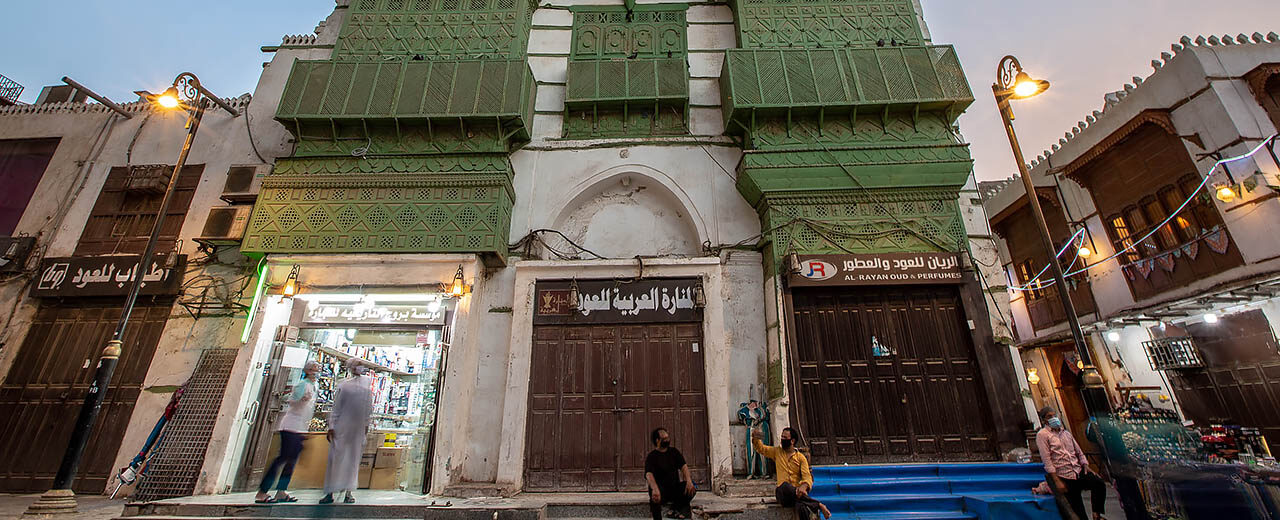
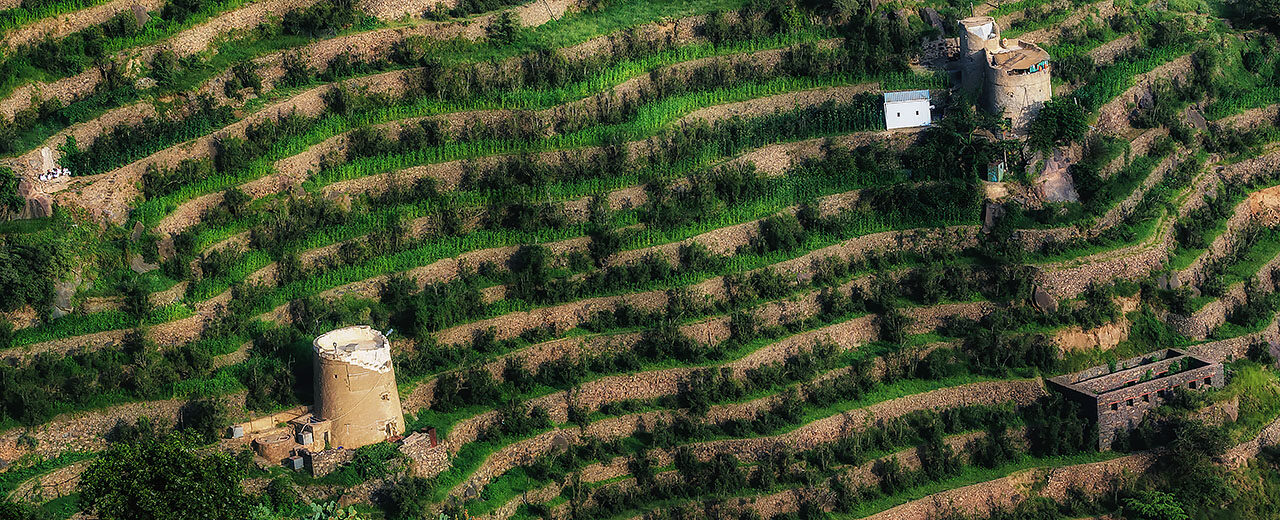
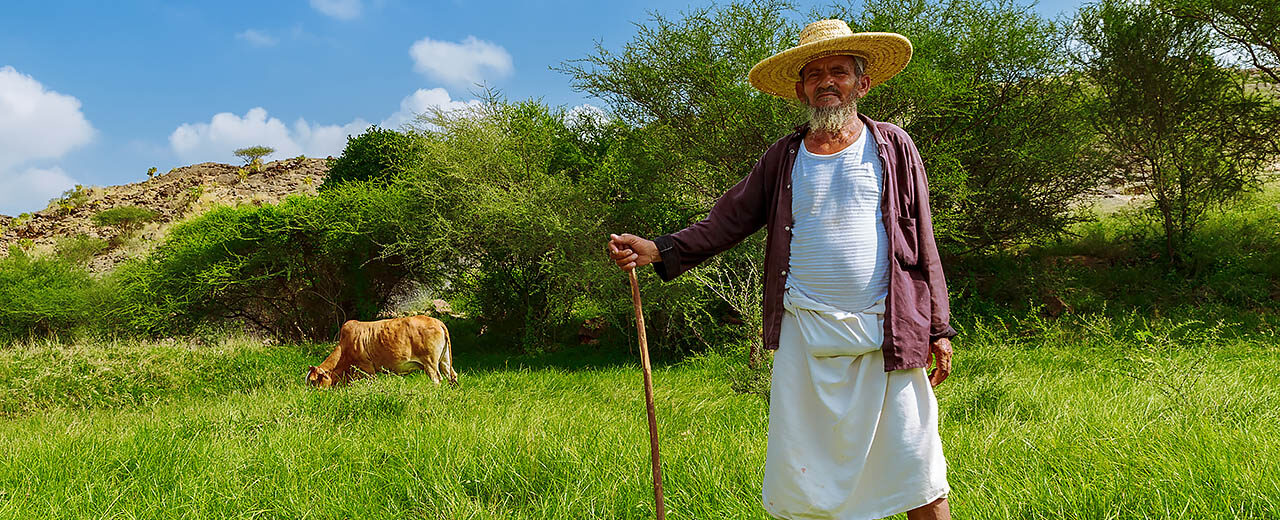
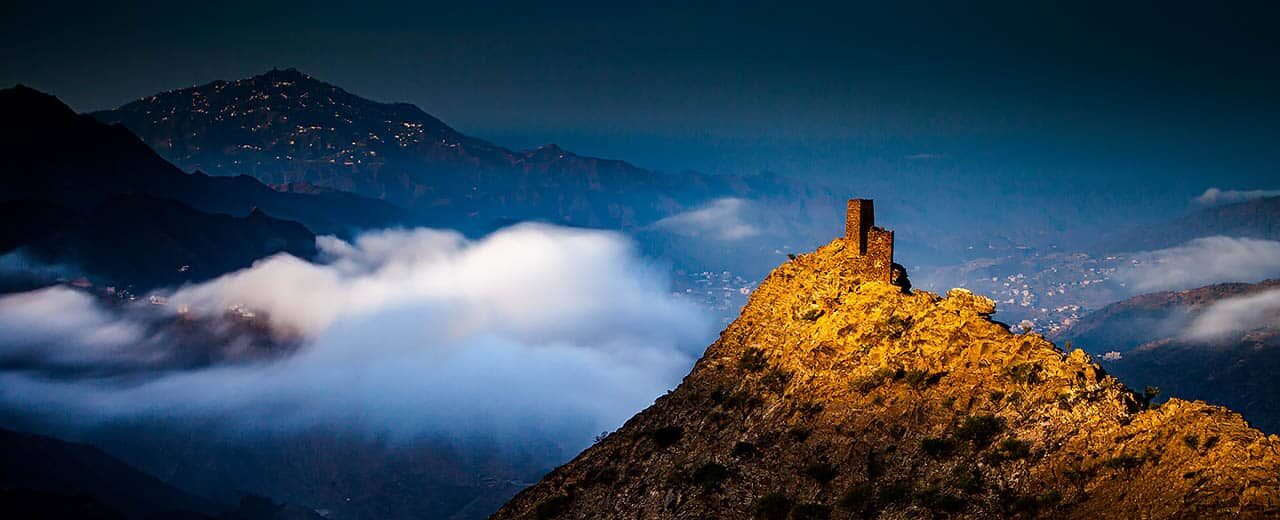
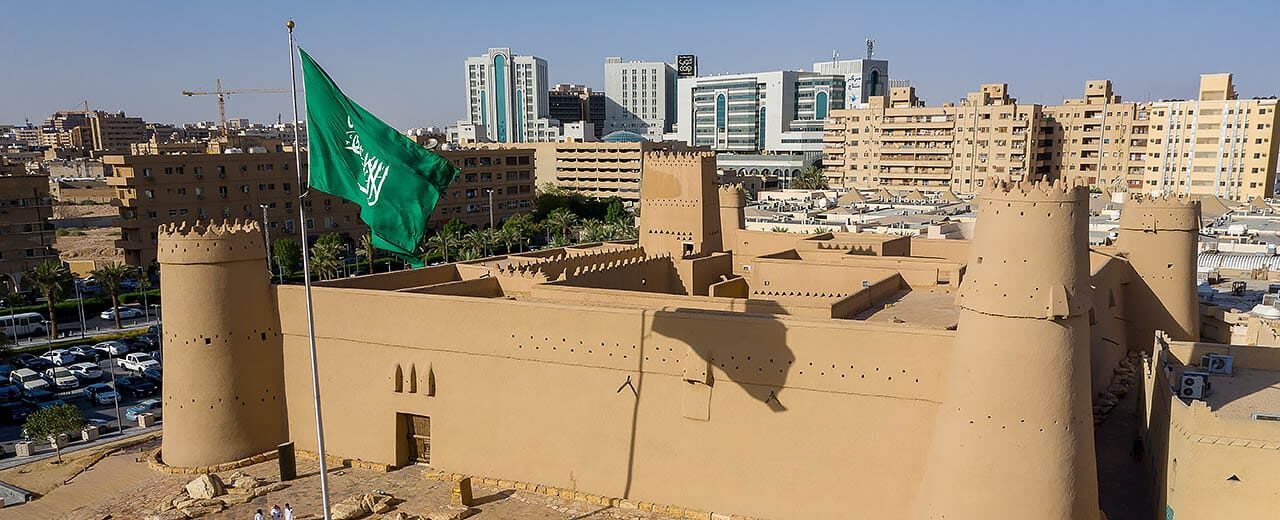
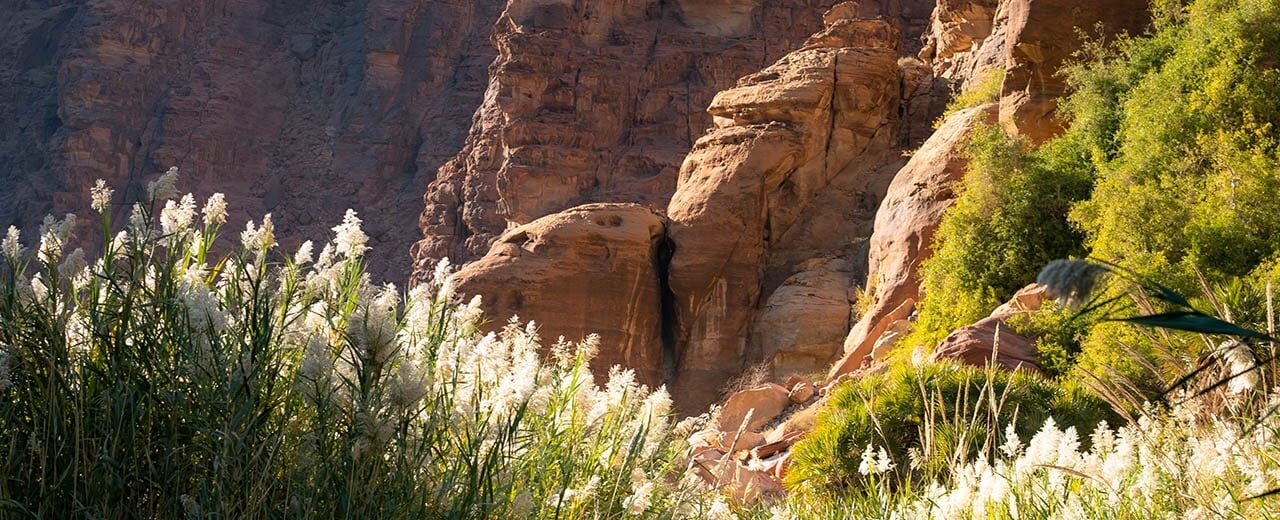

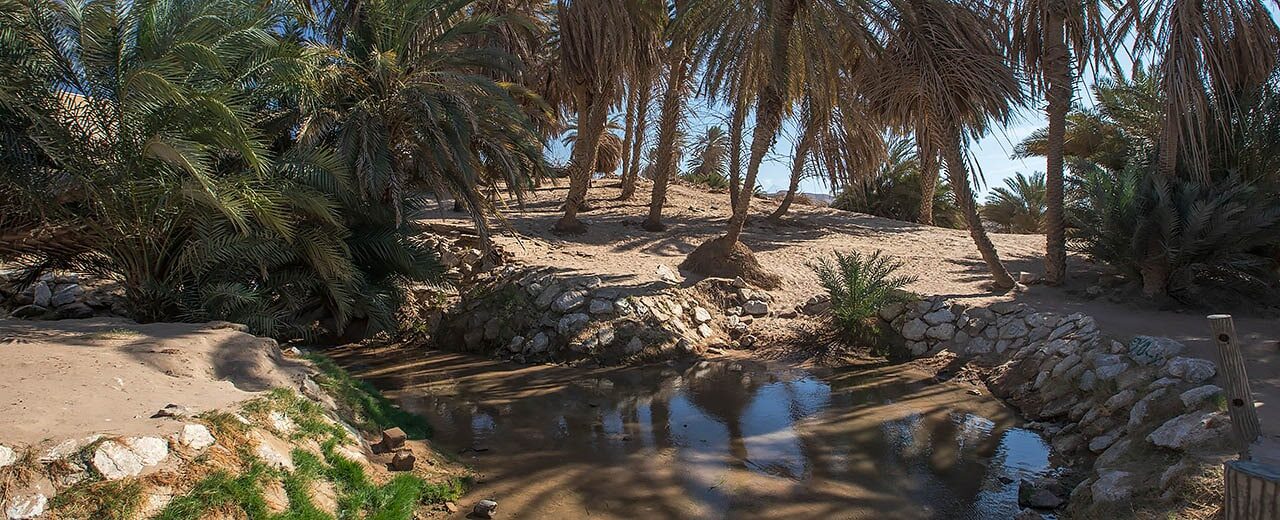
Price
13 DAY SAUDI ARABIA TOUR
The cost is US$7095 per person twin share, or U$7835 in a single room.
Inclusions
- all accommodation
- all meals
- private vehicles,
- private English-speaking guides
- all entrance fees
- domestic flight tickets
- rail tickets
- return airport transfers.
NOT INCLUDED
- international airfare
- visa ( visa fee for Australian passport holders is approximately A$225 )

